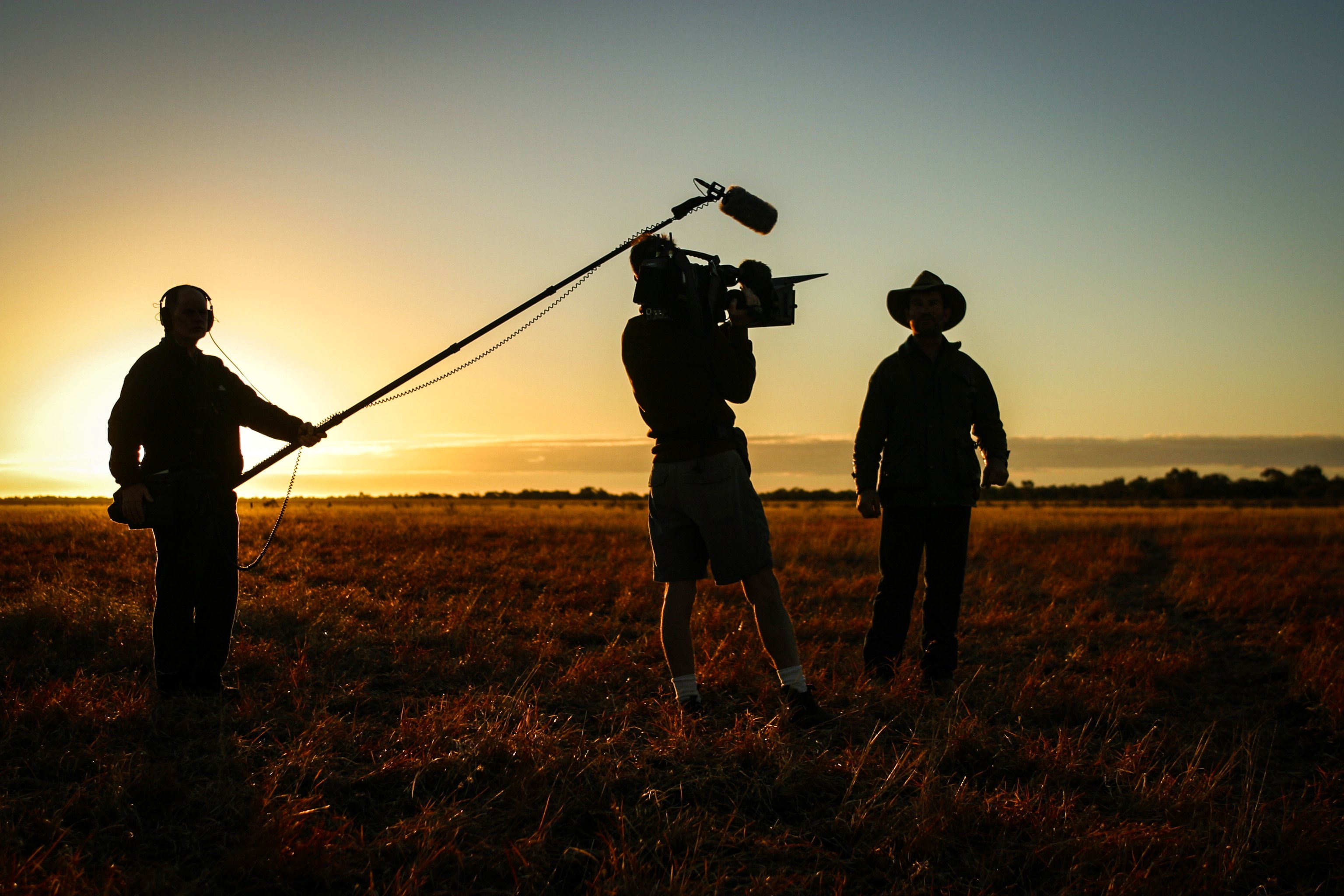David Wolper In the 1950s the networks refused on principle to take documentaries that were not made by their own producers, citing their ...
David Wolper In the 1950s the networks refused on principle to take documentaries that were not made by their own producers, citing their public responsibilities. David Wolper is generally credited with successfully breaching this policy. One of his first documentary productions, Biography (1962-64), a series of 65 shows hosted by Mike Wallace and made up of newsreel and other archive material, was syndicated to individual television stations across the country. Its success launched Wallace’s career on CBS. Wolper then proposed programs about Hollywood, which he sold to NBC on the grounds that their subject matter was entertainment.
Wolper productions soon found their place on all three networks, among them: The Making of The President: 1960 (1963), The Legend of Marilyn Monroe (1964), and The Unfinished Journey of Robert F. Kennedy (1970), on ABC; D-Day (1962) on NBC’s Dupont Show of the Week; and between 1965 and 1975 a number of National Geographic Society Specials on CBS. Wolper’s show-business enterprise resulted in an impressive output of nonfiction productions. He was not committed to the news-based form of documentary, though his first foray into documentary work followed his acquisition of Paramount’s newsreel archive after the studio stopped its production. He was ready to experiment with dramatized material for documentary subjects and he was the first to recognize the 18 potential in the underwater photography of Jacques-Ives Cousteau, which he successfully brought to the networks in the Undersea World of Jacques Cousteau on ABC in the 1967-1968 season.
(ABC then continued the series with Cousteau’s company until 1976.) Wolper also formed an alliance with Time to produce eight March of Time specials in 1965-1966, which were successfully syndicated. Both the Cousteau and the Time productions linked the past with the future. The Johnsons had shown how films about nature, produced and marketed with theatrical flair, could win a popular audience. When Martin Johnson was killed in an air crash in 1937, Osa kept working. A television series was made out of their material, which ran in syndication in the 1950s. Wolper continued this tradition. At the end of the 20 century, natural history documentaries were as popular as ever. E. Cinéma-Vérité With the film industry in a panic at the decline in audiences, movie distributors were less ready than ever to embrace documentary films. Experimental and avant-garde filmmakers still had to rely on art houses, festivals, and word of mouth to show their work. Filmmakers not employed in network television were out in the cold. Their opportunity came with new lightweight cameras and portable sound gear, which became available in the late 1950s. The new equipment favored mobility and shooting action without having to set it up in advance, a godsend to all documentary producers. Some filmmakers used its greater flexibility, in shooting and editing, to create a new kind of documentary, cinéma-vérité. The term was coined by French directors in homage to an early Soviet propagandist, Dziga Vertov, who had proposed the production of a kind of film, which he called kinopravda, literally film-truth. In using this term, Vertov intended a film version of the party newspaper, Pravda. A film, in other words, that was informed by the correct Marxist-Leninist interpretation of life. Its pedigree notwithstanding, cinéma-vérité appeared to be more direct in its rendering of actuality than conventional documentaries. Robert Drew at Time Inc. with Richard Leacock initiated experiments in the form. Others joined the movement and ABC briefly showed an interest in it. But few of the group’s films were shown on television. They are remembered as vivid documents of a particular time:
Primary (1960) by Drew and Leacock, an impression of the Humphrey-Kennedy Wisconsin primary; Don’t Look Back (1966) by Donn Pennebaker, Bob Dylan playing to the crowds and to the camera in England; Salesman (1969) and Gimme Shelter (1970) by Albert and David Maysles, the first a portrait of four bible salesmen, the second scenes from the celebrated 1969 American tour of the Rolling Stones that ended with disaster at the Altamont concert in California. One of the best known of all cinéma-vérité films was not able to be shown in public until many years after it was made, Fred Wiseman’s Titicut Follies (1967). He shot the film at the State Prison for the Criminally Insane at Bridgewater, Massachusetts, but the Commonwealth’s lawyers prevented its release to safeguard inmates’ privacy. Wiseman continued with an uncompromising commitment to the cinéma-vérité form. High School was next. By the year 2000, he had made 30 films of this kind. Several run for three hours and more, one, Near Death, lasts just short of six hours.

No comments